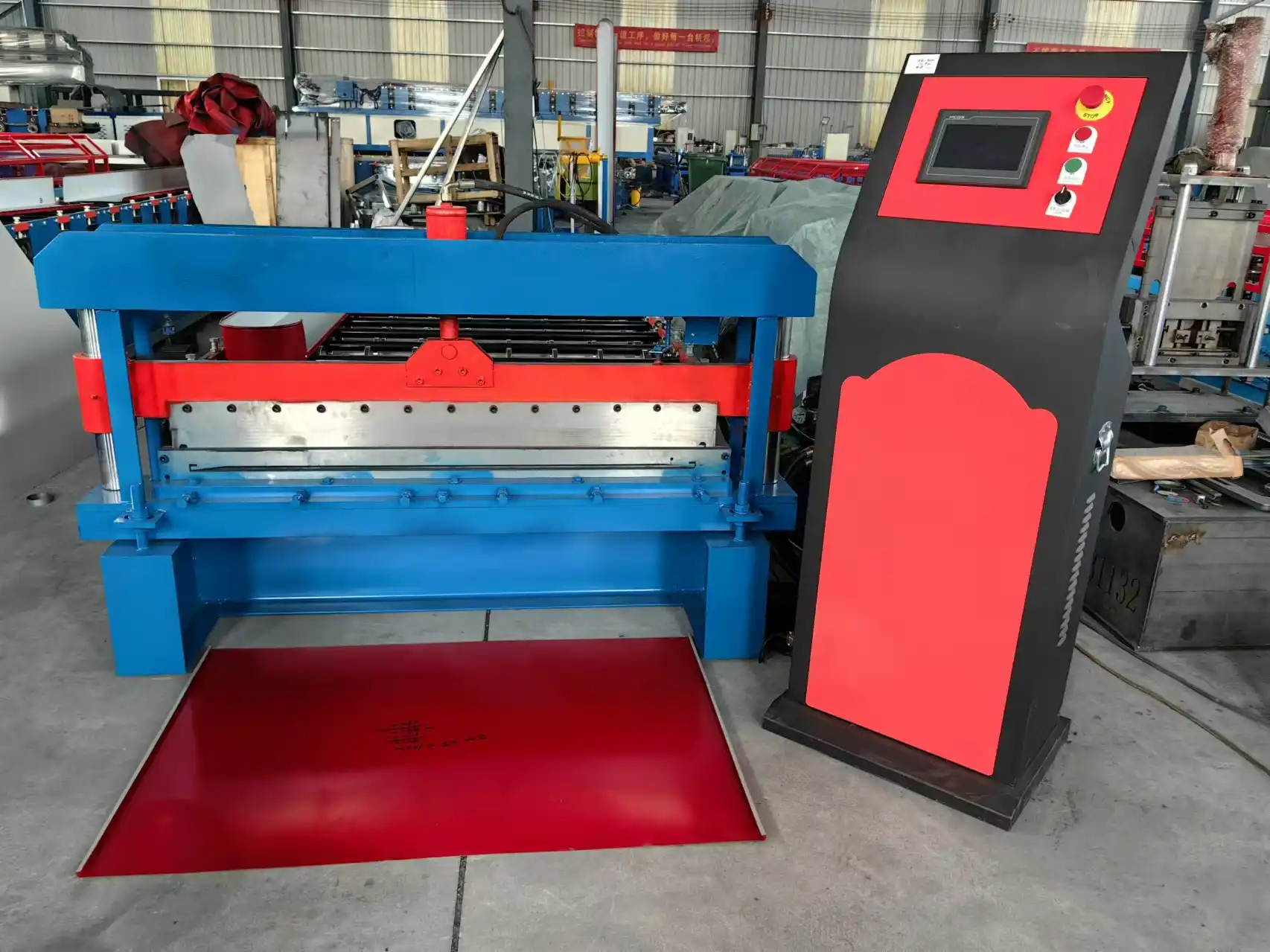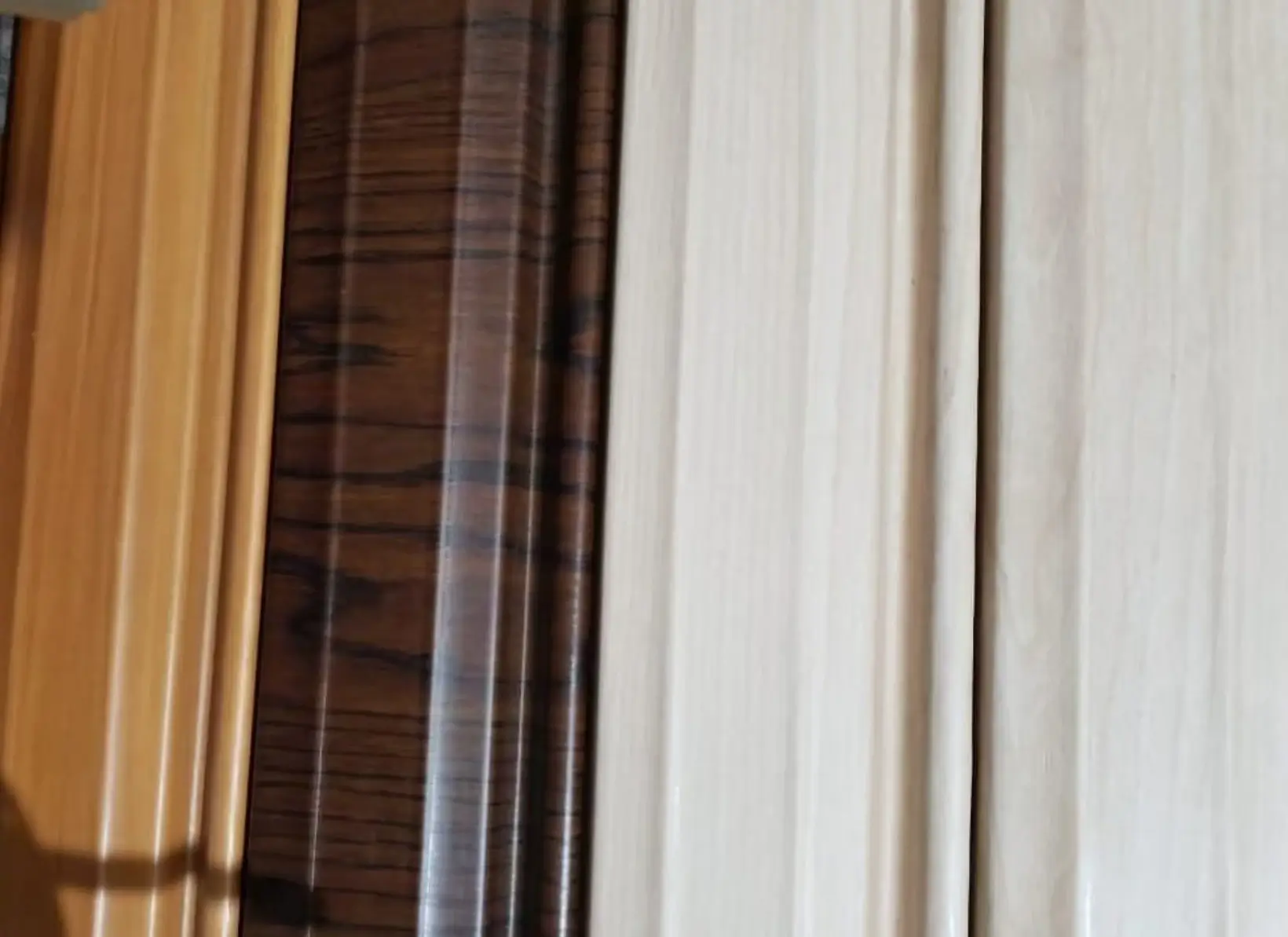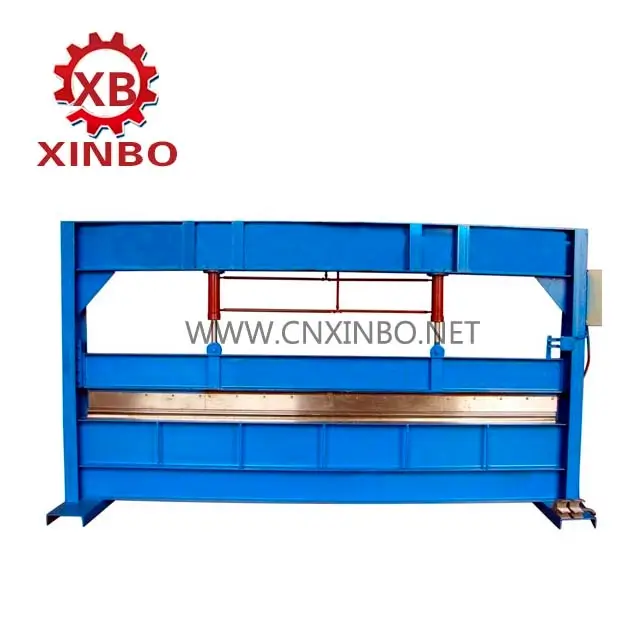What Are Purlins and Which Material Is Ideal for Construction?
Understanding Purlins
Definition and Function of Purlins
Purlins are horizontal beams or strips that are used in construction to support the roof or wall cladding of a building. These structural components run parallel to the roof’s slope and serve as a framework for holding the roof materials. By transferring the load from the roof to the building’s main framework, purlins play a crucial role in ensuring the overall stability of a structure. They are integral in preventing sagging or deformation of the roofing system, thereby enhancing durability and longevity.
Importance of Purlins in Structural Integrity
The proper use of purlins can significantly influence a building’s structural integrity. They provide essential support to the roof system, distributing weight evenly across the frame and helping to manage wind loads and other external forces. In addition, the installation of purlins can facilitate the construction of lighter roofs since they allow for the use of thinner and lighter roofing materials without compromising stability. Overall, purlins contribute to the safety and reliability of a building, making them indispensable components in modern construction.
Types of Purlins
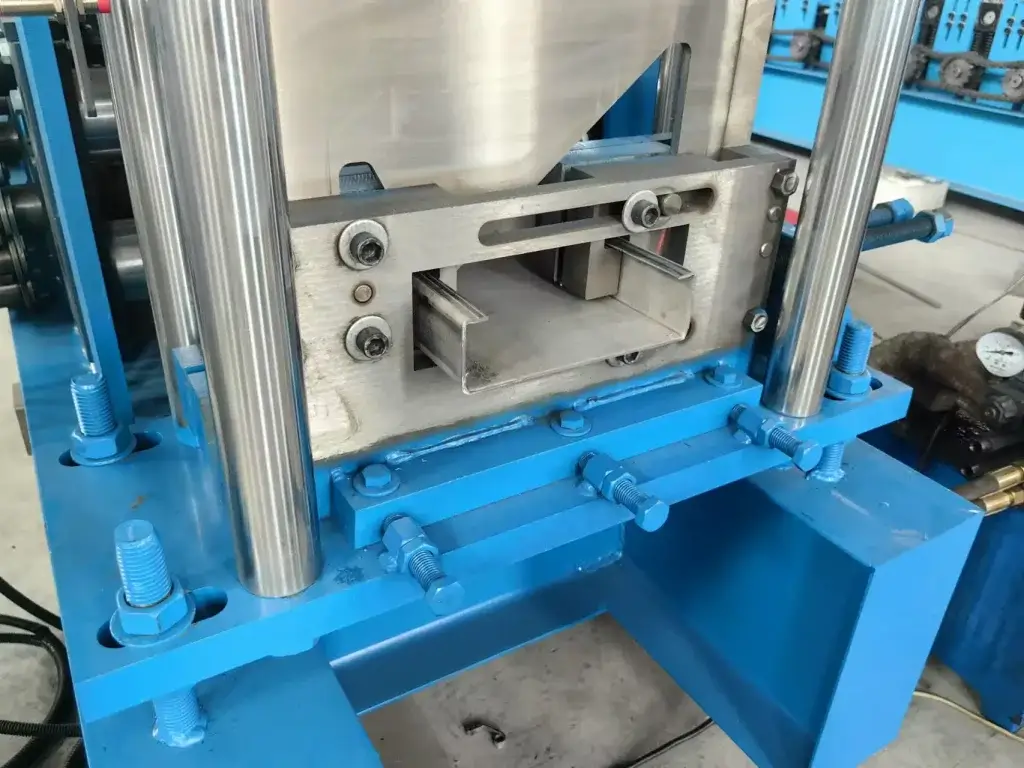
C Purlins
C purlins are shaped like the letter “C” and are commonly used in a variety of construction applications. This type of purlin is typically manufactured from rolled steel and can be easily installed due to its lightweight nature. C purlins are particularly effective in applications requiring vertical load-bearing capabilities. Their design allows for straightforward attachment with other structural elements, enhancing both flexibility and versatility in the building process.
Z Purlins
Z purlins have a shape resembling a “Z,” which provides unique advantages when used in construction. This design helps create a strong interlocking connection when stacked or placed side by side, which can improve the overall structural performance. Z purlins are often utilized in larger constructions, such as warehouses and industrial buildings, due to their ability to cover longer spans without excessive deflection. Their robust structure contributes to a more sound and stable roofing system.
Differences Between C and Z Purlins
Both C and Z purlins serve essential roles in construction, but their differences affect their suitability for various applications. C purlins are generally preferred for applications requiring straightforward load distribution and are often seen in residential projects. Meanwhile, Z purlins are ideal for larger spans and can provide superior load capacity due to their configuration. Understanding these differences helps engineers and builders select the appropriate type of purlins for specific structural needs.
Material Options for Purlins
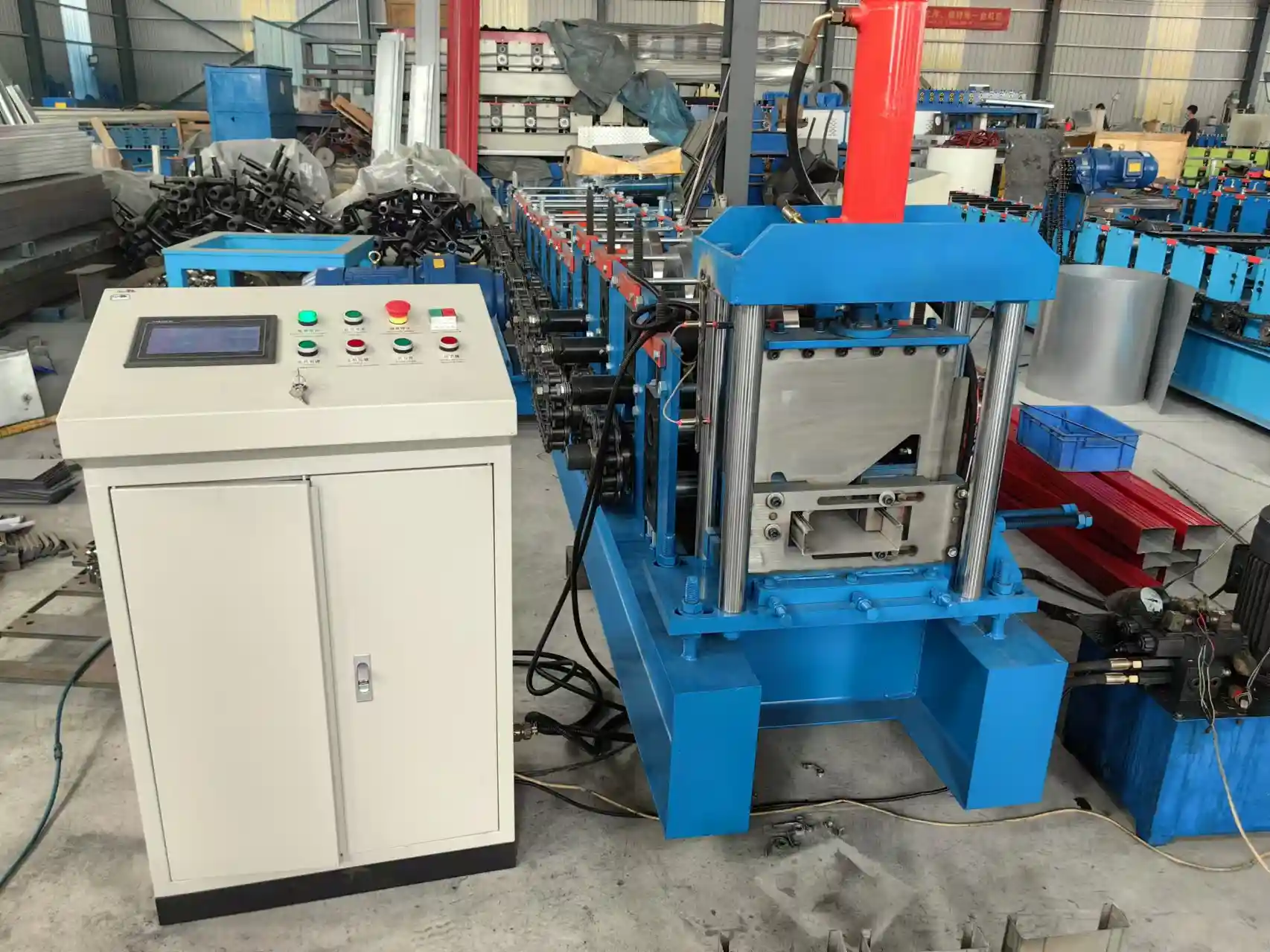
Steel Purlins
Steel purlins are widely utilized in modern construction thanks to their strength and durability. They are produced from high-quality steel, which ensures that they can withstand substantial loads and various environmental conditions. One of the major advantages of steel purlins is their resistance to rot, pests, and fire, making them an appealing choice for many builders. However, steel can be prone to corrosion if not properly treated or maintained, which is a disadvantage that needs to be managed through appropriate protective coatings.
Advantages of Steel Purlins
The strengths of steel purlins lie in their structural capabilities; they can span larger areas with minimal support. This ability can speed up construction processes and reduce material costs, as fewer purlins may be needed than with alternative materials. Additionally, steel purlins offer high durability and a long lifespan, making them a reliable choice for permanent structures. Lastly, their recyclability is an eco-friendly feature, contributing to sustainable building practices.
Disadvantages of Steel Purlins
Despite their many advantages, steel purlins come with some drawbacks. Their high thermal conductivity can lead to condensation issues unless mitigated with proper insulation. Furthermore, the initial costs of steel purlins may be higher compared to other materials, which can impact overall project budgets, especially in large-scale projects. Maintenance is also vital to prevent corrosion and rust, adding to potential long-term costs.
Aluminum Purlins
Aluminum purlins are becoming increasingly popular in construction, particularly for structures that require weight reduction without sacrificing strength. The inherent lightweight nature of aluminum makes it a practical option for various applications, including commercial and residential buildings. Aluminum offers excellent resistance to corrosion and environmental degradation, ensuring longevity with minimal maintenance needs.
Benefits of Using Aluminum
One of the main benefits of aluminum purlins is their lightweight characteristic, which simplifies installation and reduces labor costs. They are also non-corrosive, which means they will maintain their structural integrity over time without the need for frequent treatments. Additionally, aluminum is highly adaptable, allowing for a range of finish options that can enhance the aesthetic appeal of a building. These benefits make aluminum purlins an attractive alternative in many construction scenarios.
Downsides to Consider
While aluminum purlins have notable strengths, there are also some downsides. The main concern with aluminum is its relatively lower strength compared to steel, which means they may not be suitable for all heavy-load applications. Consequently, design considerations must be taken into account to ensure they can meet specific load requirements. Furthermore, the cost of aluminum can sometimes surpass that of steel, which may limit its use in budget-sensitive projects.
Timber Purlins
Timber purlins provide a more traditional option, especially in construction environments where natural materials are preferred. They offer robust structural capabilities and can contribute to aesthetic warmth in building designs. Timber is a renewable resource, and when sourced sustainably, it can align with environmentally friendly building practices. Additionally, timber purlins can be easier to work with, allowing for flexibility during installation.
Pros of Timber Material
The advantages of using timber purlins include their lower weight compared to steel and aluminum, which can facilitate easier handling and installation. Moreover, timber can provide good thermal insulation properties, helping to regulate building temperature. The natural aesthetic of timber can also enhance the visual appeal of a structure, making it a popular choice for residential homes, cabins, and eco-friendly buildings. Properly treated, timber purlins can offer significant longevity and durability.
Cons of Using Timber
On the downside, timber purlins are vulnerable to various environmental factors, such as moisture, pests, and fire, which can compromise their integrity over time. Maintenance is essential to protect against these issues, which may result in additional costs and effort. Additionally, timber may not perform as well under heavy loads compared to its steel and aluminum counterparts, leading to limitations in its application for more extensive structural projects.
Factors to Consider When Choosing Material for Purlins
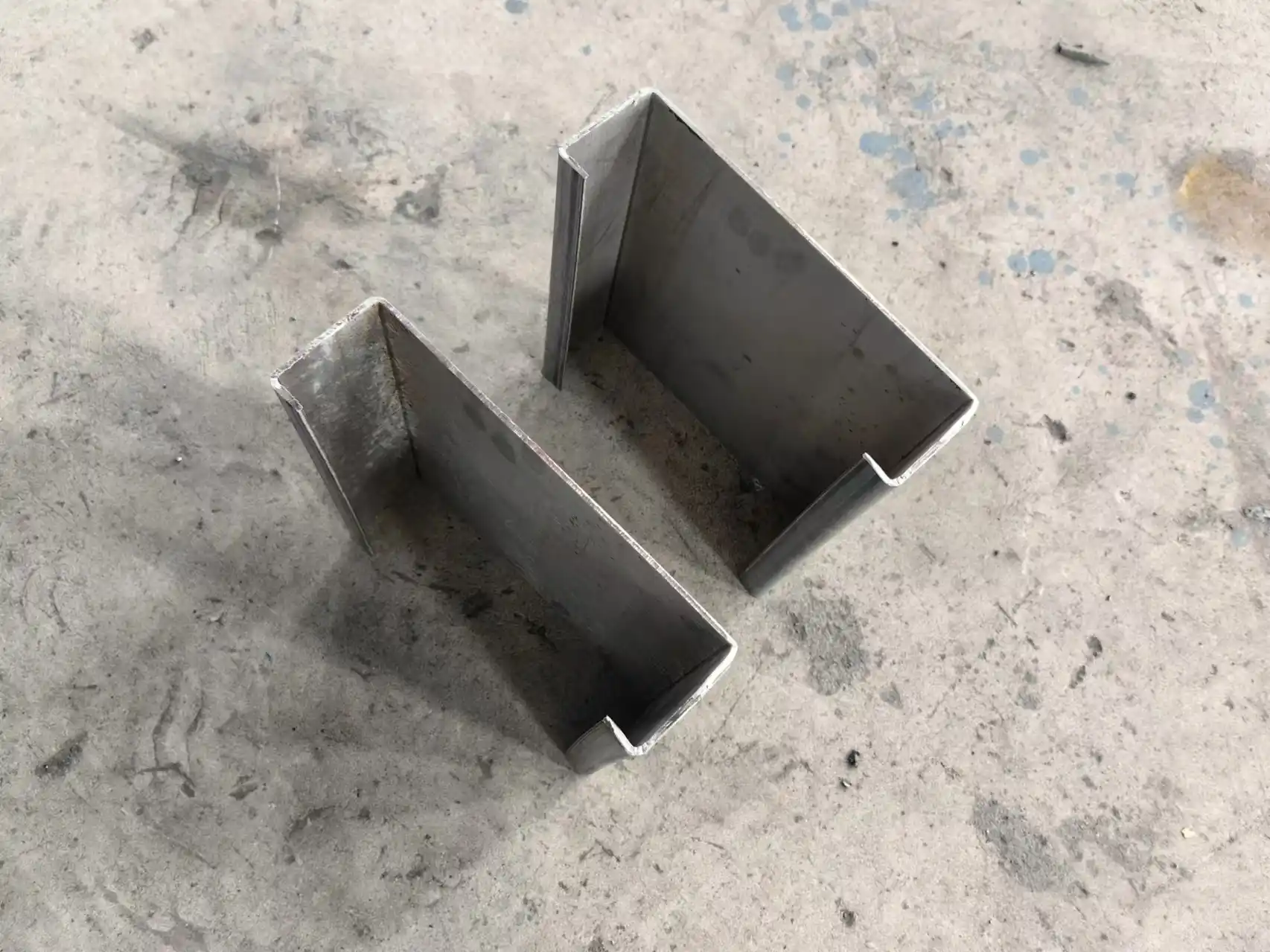
Load Requirements and Strength
When selecting the appropriate material for purlins, it is essential to consider the load requirements and strength. The type of purlin will depend significantly on the anticipated structural load, including both live loads, such as snow and occupants, and dead loads, such as the weight of the roofing materials. Steel purlins are often chosen for their high load-bearing capabilities, allowing them to span longer distances without the need for intermediate supports. In contrast, if a construction project is lighter in structural needs, aluminum or timber purlins can be utilized, keeping in mind that each material has specific strength limitations that must be adhered to for safety and structural integrity.
Environmental Conditions
Environmental conditions are another critical factor influencing the choice of materials for purlins. Factors such as humidity, temperature fluctuations, exposure to moisture, and corrosive elements in the environment can dictate the longevity and performance of the materials used. For example, in areas with high humidity or exposure to saltwater, aluminum purlins may be preferred due to their resistance to corrosion, whereas steel purlins may require galvanized coatings to prevent rusting. Additionally, in colder climates, careful consideration must be given to thermal expansion and contraction, which can affect the connection points and overall stability of the purlins. Understanding the local climate and environmental challenges is pivotal to making an informed choice.
Cost Implications
The budget for the construction project also plays a significant role in determining the ideal material for purlins. While steel purlins offer strength and durability, their initial costs can be higher than those of timber or aluminum options. On the other hand, timber purlins, which may seem to have a lower upfront cost, can incur additional expenses through maintenance and treatment requirements over time. When choosing a material, it is crucial to evaluate not just the purchase price but also the long-term costs associated with maintenance, lifetime, and potential replacements. A comprehensive cost analysis can provide valuable insights, ensuring that the selected material aligns with the project’s financial constraints.
Maintenance Needs
Maintaining the structural elements within a building is vital to ensure safety and durability. The maintenance needs of purlins vary significantly depending on the material used. For instance, steel purlins, while robust, require regular inspections and possible re-coating to avoid deterioration due to rust or corrosion. Conversely, aluminum purlins generally require less maintenance since they are naturally corrosion-resistant, but installation must be done carefully to prevent galvanic corrosion with other metals. Timber purlins, while visually appealing, demand consistent upkeep to prevent decay, pests, and other environmental damage. Considering maintenance needs at the design stage can help in selecting the most suitable material for purlins.
Xinbo: Suppliers of Quality Roll Forming Machines
Introduction to Xinbo and Its Offerings
Xinbo is recognized in the industry as a reliable provider of advanced roll forming machinery, catering to the needs of various construction applications, including the production of purlins. With a commitment to quality and innovation, Xinbo offers a wide range of machines that enable efficient manufacturing processes for different types of purlins, from C and Z profiles to custom solutions tailored to specific project requirements. Their experience and expertise in roll forming technology ensure customers receive machines that are not only durable but also high-performing and capable of producing high-quality end products.
Overview of the Purlin Roll Forming Machine
Capabilities and Features
The purlin roll forming machine from Xinbo is designed to streamline the production of purlins in various shapes and sizes, primarily C and Z profiles. These machines boast advanced features, including automatic cutting lengths, adjustable forming stations, and easy-to-use control interfaces that enhance operational efficiency. With Xinbo’s equipment, manufacturers can efficiently handle the varying demands of purlin production, accommodating both large-scale projects and smaller runs with ease. Moreover, the precision of these machines ensures that every purlin manufactured meets the highest standards for structural integrity.
Benefits Over Traditional Methods
Utilizing roll forming machines from Xinbo offers numerous advantages over traditional fabrication methods. The efficiency of these machines allows for quicker turnaround times, which is crucial in meeting project deadlines. Additionally, roll forming minimizes material waste, as the process can be optimized to produce the desired profiles with less scrap. The consistency and reliability of processed purlins result in less variability in quality compared to hand-fabricated options, thereby enhancing the overall construction outcome. As such, integrating Xinbo’s roll forming technology into the production line can lead to significant improvements in both productivity and cost-effectiveness.
Making an Informed Choice for Construction Projects
Choosing the right materials for purlins is of utmost importance in ensuring the success of construction projects. Understanding factors such as load requirements, environmental conditions, cost implications, and maintenance needs provides a framework for making informed decisions. Examining the benefits and drawbacks of various materials like steel, aluminum, and timber, in conjunction with the capabilities of advanced machinery from suppliers like Xinbo, will enable builders to select the optimal purlin for their specific needs. By carefully considering all these elements, construction professionals can ensure structural integrity, optimize costs, and ultimately contribute to the longevity and stability of the built environment. The process may require additional analysis and deliberation, but the outcome will significantly impact the overall quality and success of any construction endeavor.
Related Posts

Good quality
XinBo machine making CO. LTD is a professional manufacturer and exporter in roll forming machine,
VIEW MORE→

 Spanish
Spanish Russia
Russia
